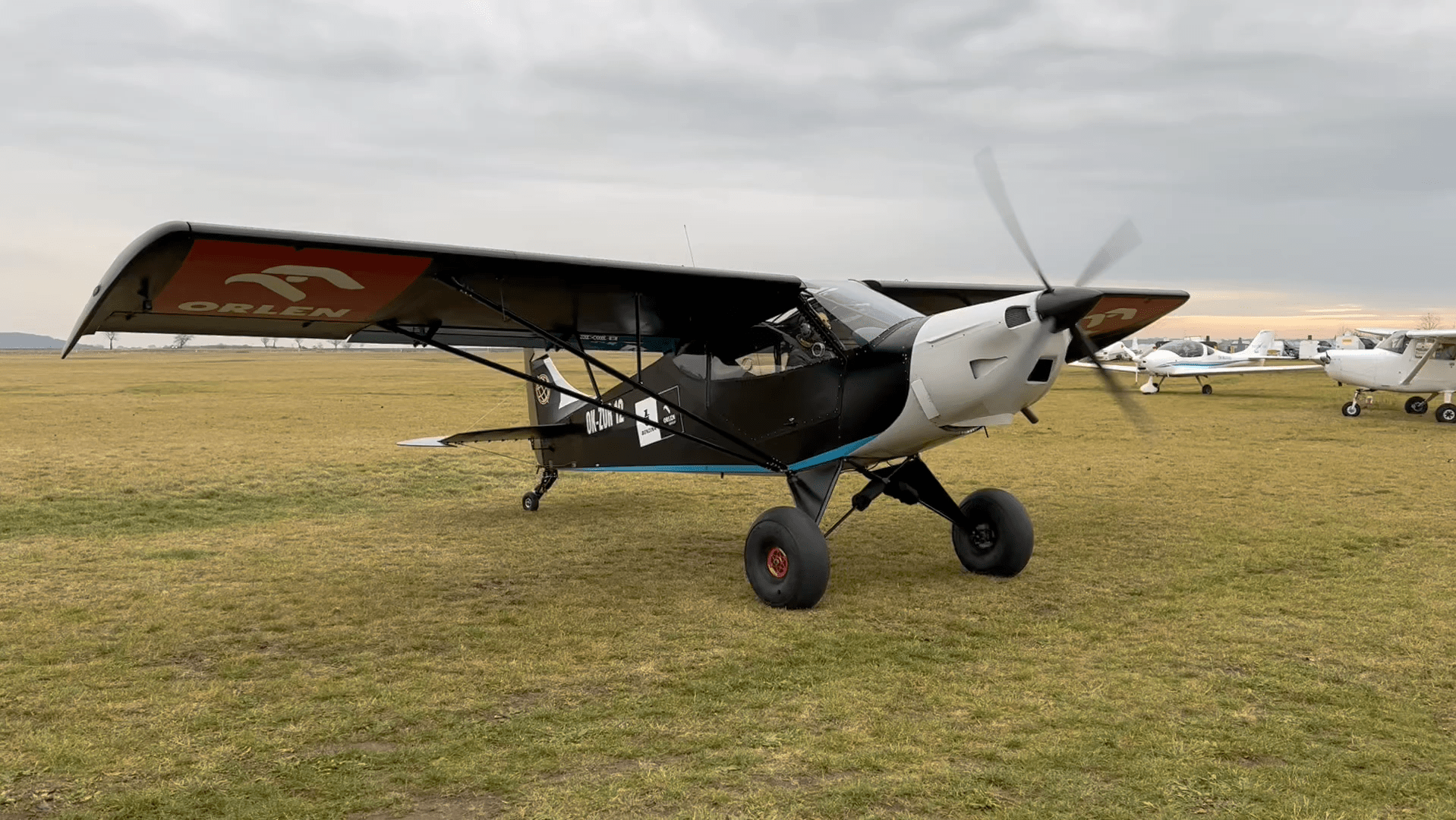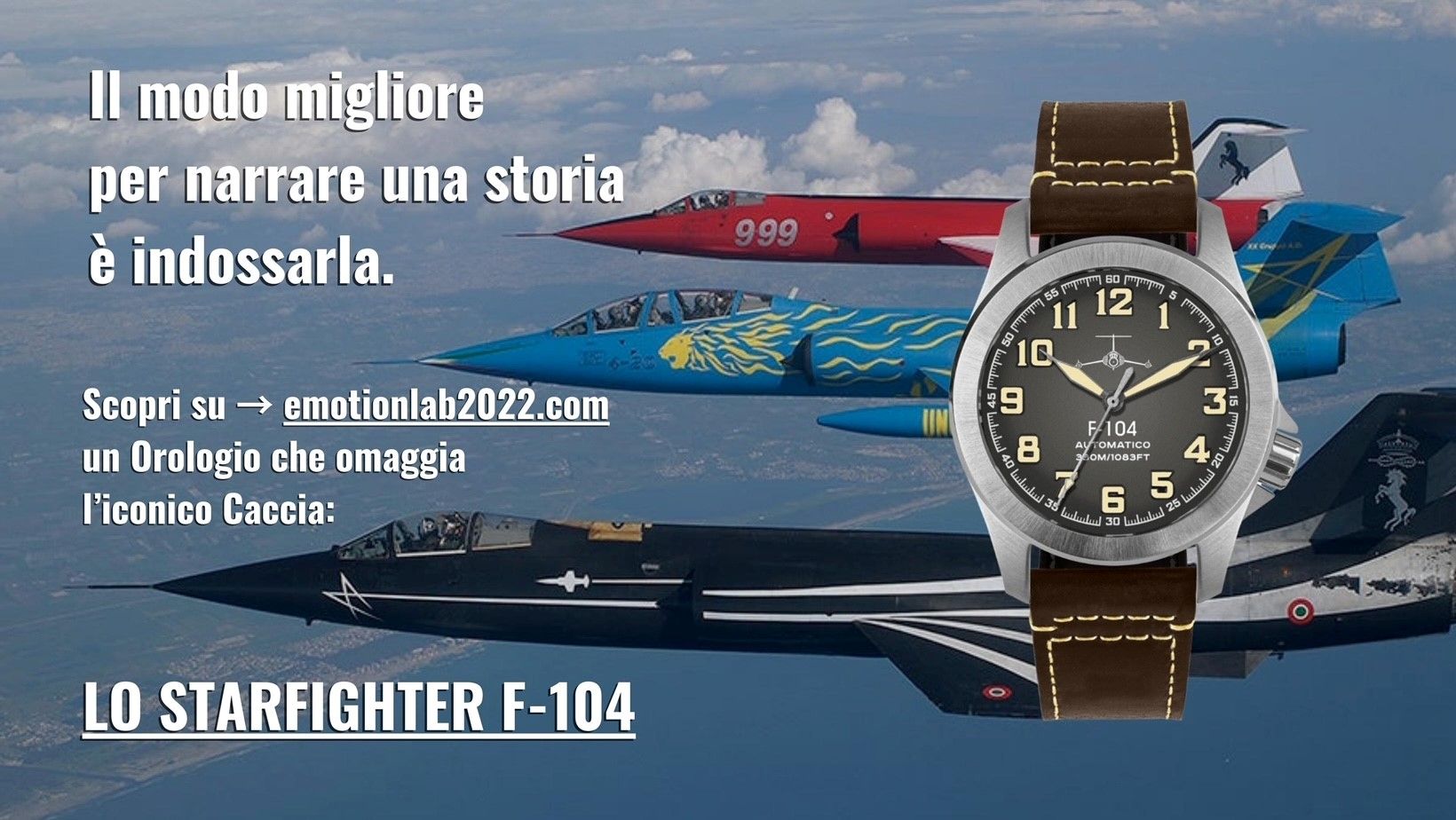Sazena airfield is not far from Prague, about one hour drive north of the city. Ragno, Francesco and myself are eager to get there, even if the biting cold of the Czech countryside is hitting hard our faces and bare hands. We are waiting to meet Pasquale Russo, the CEO and main character of Zlin Aviation, producer of the Savage Norden, the object of our test today.
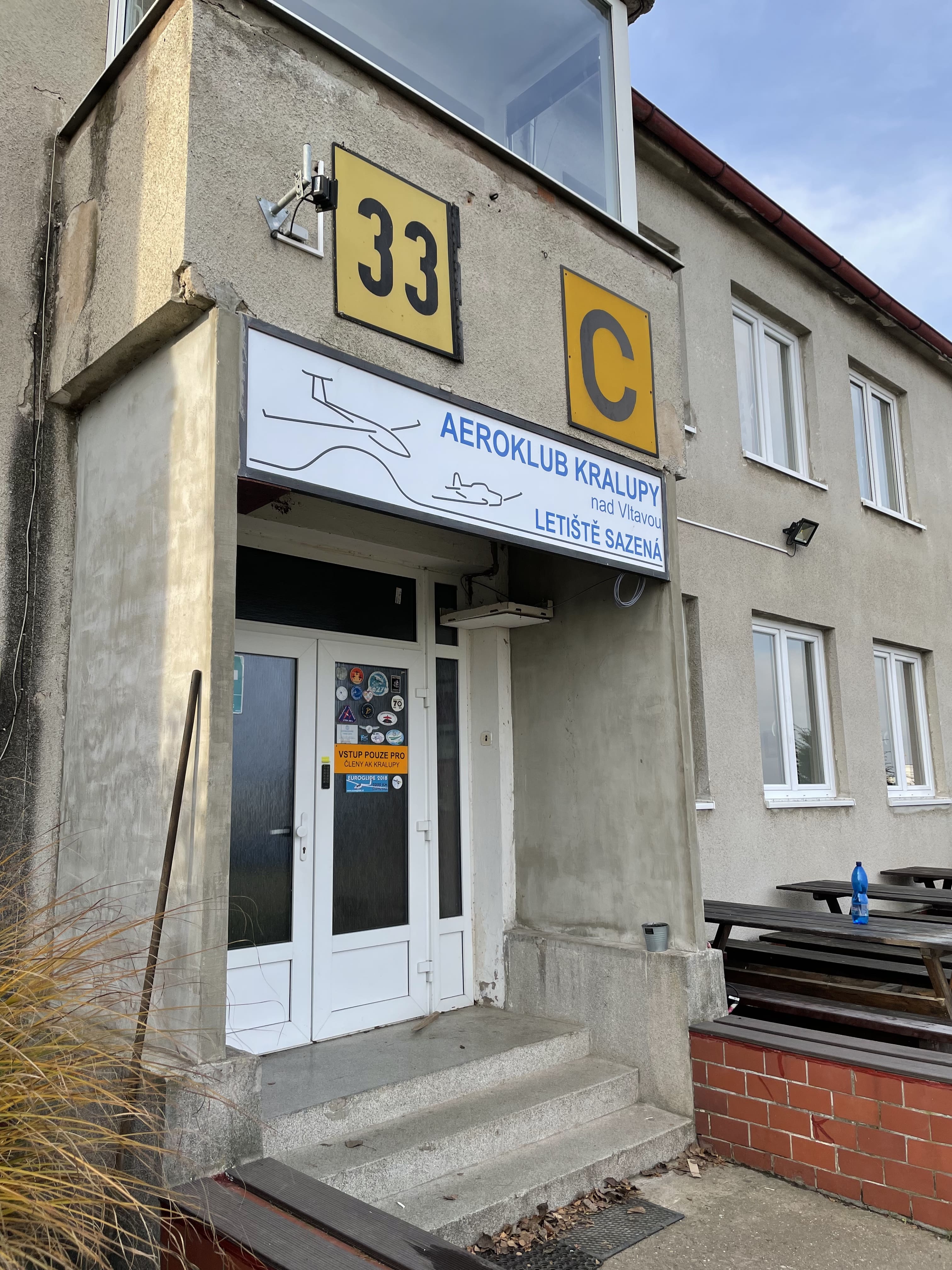
We enter one of the hangars close to the flight line where we meet Marek and Radim, two very experienced unlimited aerobatic pilots that happen to be the dealers, for Czech Republic, of the Savage Norden and all the others legacy products of Zlin Aviation.
We are introduced to the Savage Norden immediately after a good and hot shot of espresso, a real intimate need for three Italian Pilots in such a cold climate!
The airplane I’m going to test is the actual prototype of the Norden, and it shows himself right in front of the hangar. In an almost all-black livery, the Norden really shows its character at first look. It’s big, it looks bigger than a “normal ultralight” and it’s going to show me soon that it’s really not a normal ultralight!
The prototype of the Norden is equipped with the powerful Rotax 915is, a great turbocharged option for mountain flying ( the mission we are interested in), and the new (to me) 4 blades fixed pitch E-prop: I’m really curious to check this combination out in flight; it looks like an aggressive one to enhance the STOL characteristic that the Norden wants to express from its design.
And, talking of design, the wing is the part that immediately got my attention during my walk around. Unusual and interesting choice, for this class of planes, is the profile that Zlin Aviation put on their newly born Savage. The profile shows a very evident S shape on the lower side, studied to optimize the pressure distribution in the aileron and flaps area , accompanied by a kuchemann type wing tip expressly put there to keep the pressure on the lower part of the aileron higher than normal at high angles of attack.
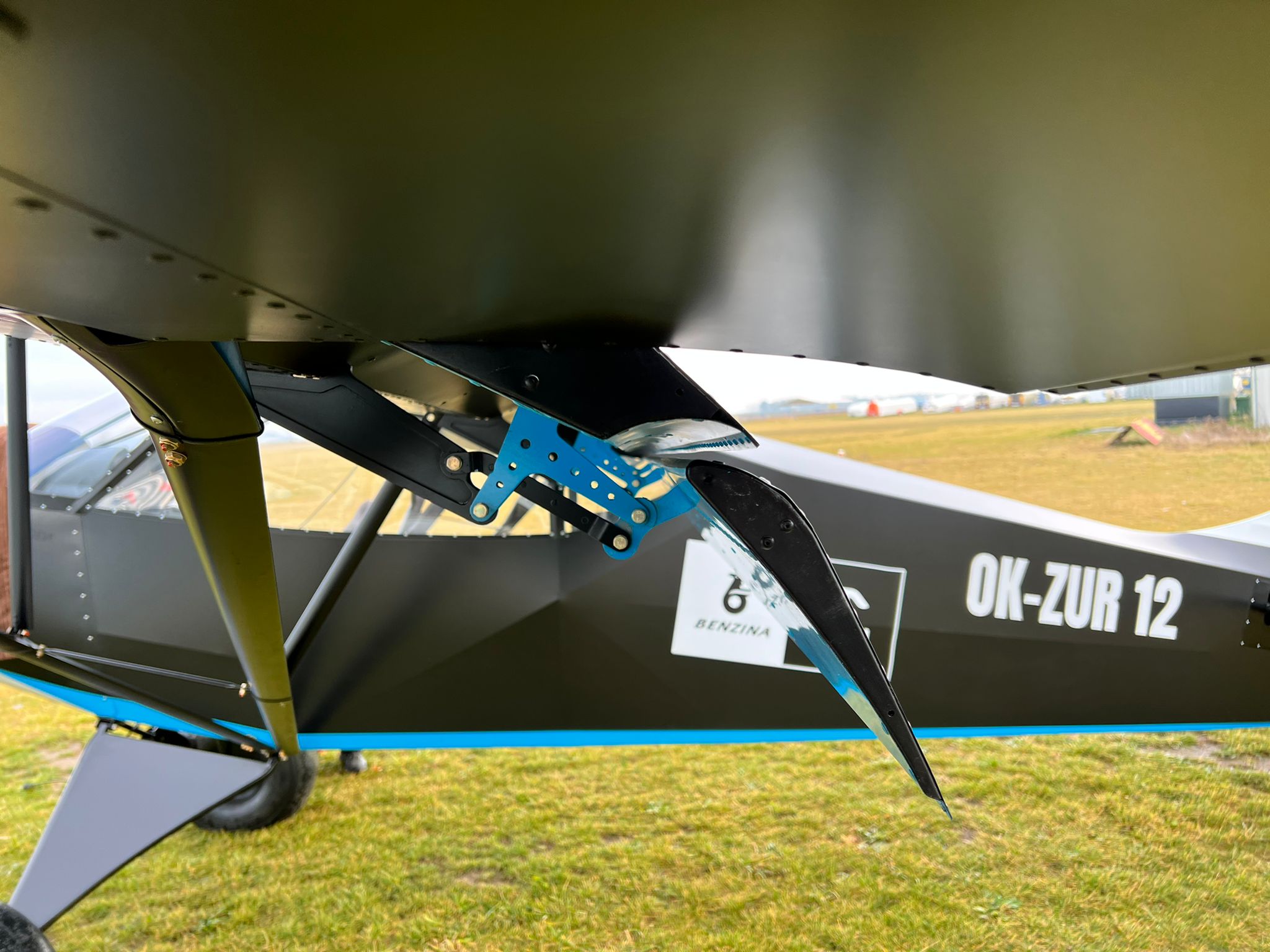
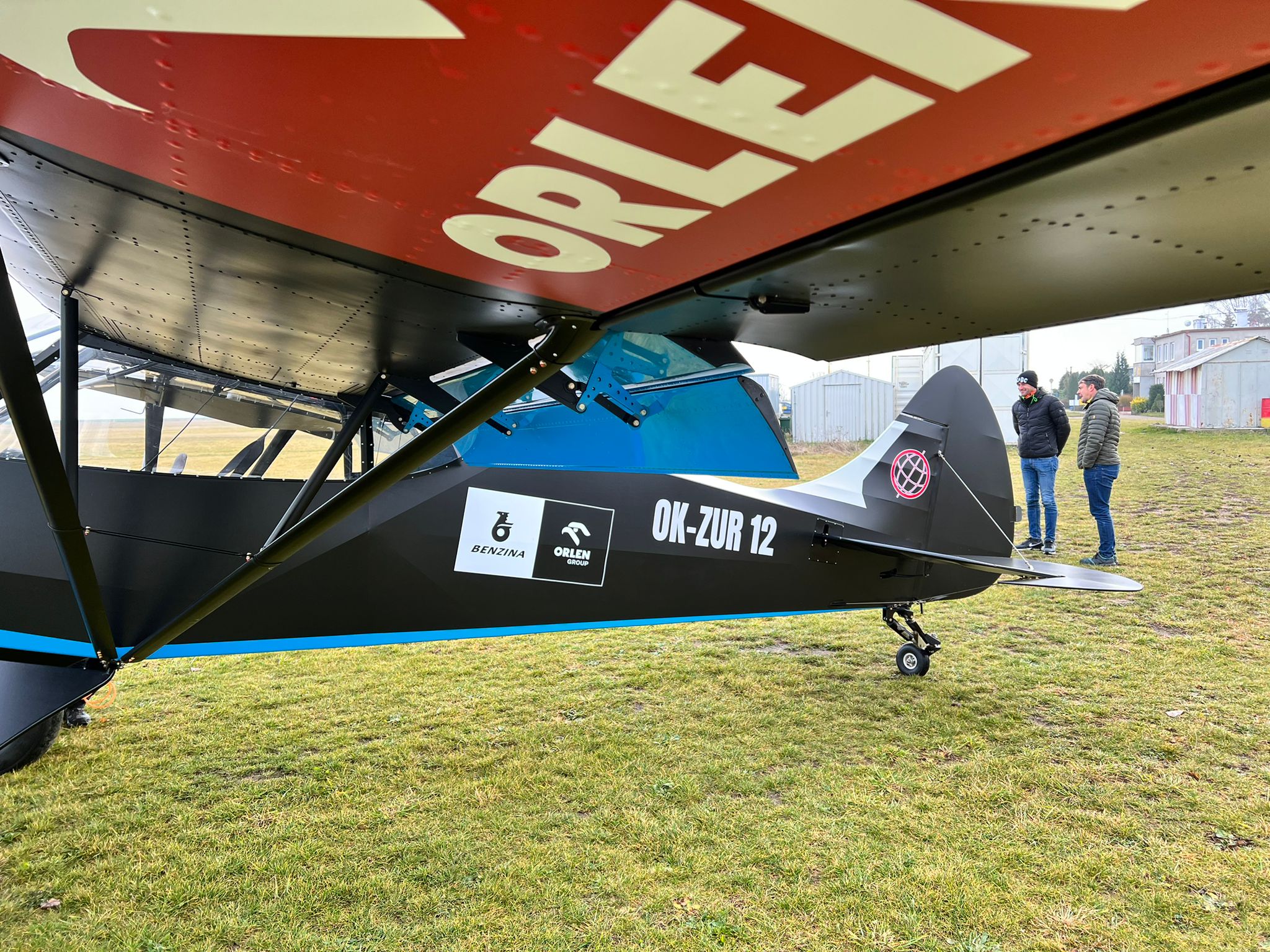
Impressive double slotted flaps take at least 2 thirds of the wing trailing edge length, with position varying from zero up to about 40 degrees. A real flying aerobrake the really excites me at the idea to test it in a steep approach.
The all metal wing is completed by what I consider a life insurance: the electrically actuated leading edge slat. It’s a pretty damn huge slat, extending with the touch of a switch on the control stick grip in less than 4 seconds all along the leading edge of the wing. This thing really promises fun for STOL and backcountry pilots, just by looking at it. Continuing our tour, I realize, only after a close inspection, that the fuselage is all covered in fabric, which is so well applied and so tense that it really looked like Carbon fiber to me at distance. A full-stabilizer-driving trim system and very generous moving surfaces, both on vertical and horizontal parts, complete the tail area made traditionally in a “super cub type” shape.
The tail wheel is a totally free castoring type, with shock absorber and no controls at all from the directional chain of control. A pure “bush” options, as bush pilots landing in rough and unprepared terrain in jungles, prefer sacrificing tight controllability for less grass attached to rods and coils in the tail!
The main landing gear is a simple bungee-dumped metal classic structure, with generous 26” wheels attached on.
Cockpit
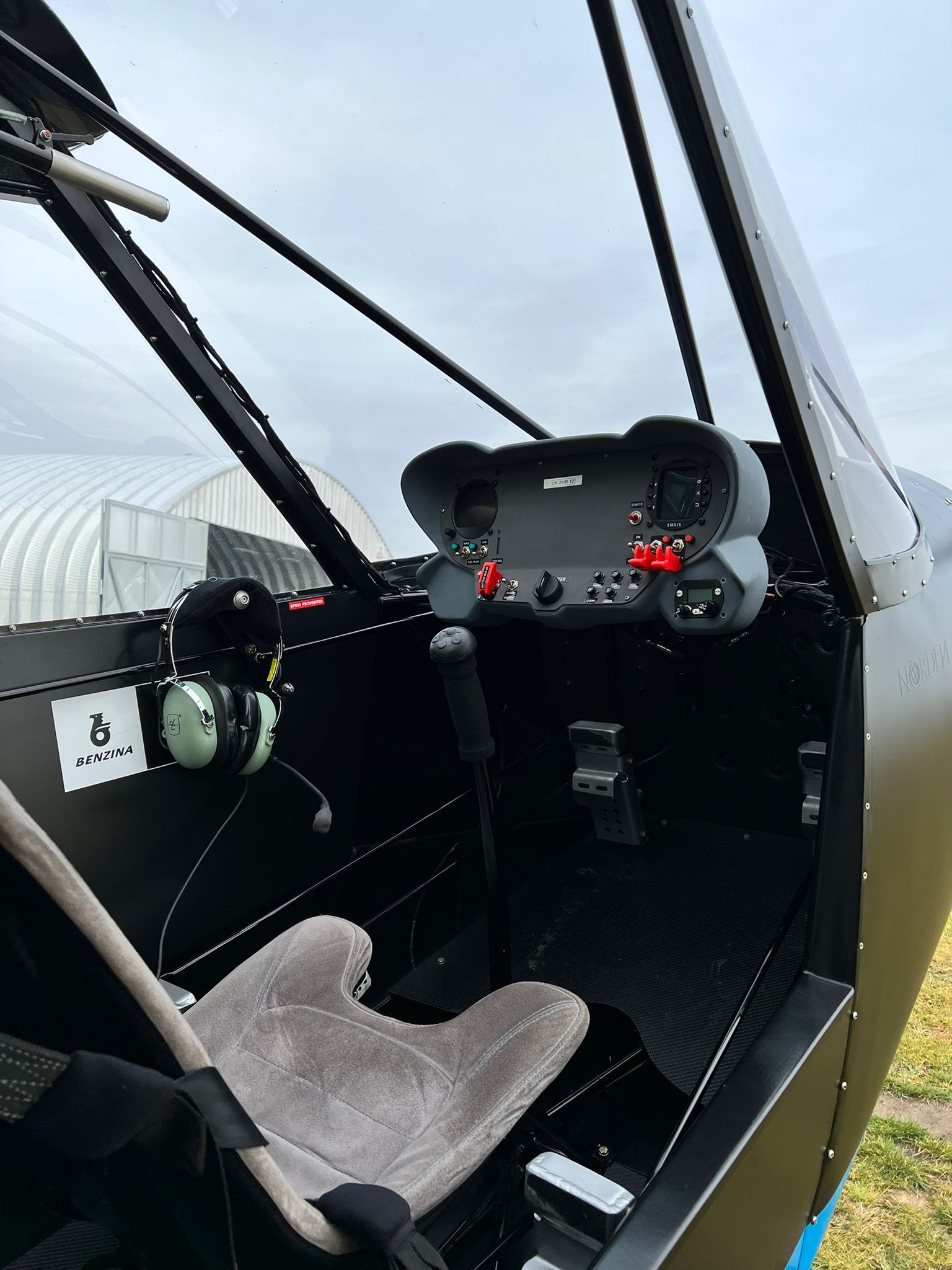
I climb in the front cockpit of the Savage like you do in any big tire airplane, that means exactly stepping on that big tire. Maybe a simple rod melded on the landing gear leg would help, but It’s not strictly required as the wide door let the pilot do any movement possible and give a lot of room to change your access technique. The carbon seat, with a soft cover on it, is very comfortable, not too soft or too hard and I think it will help a lot on long cross country flights, which is a secondary vocation of the Norden as we will see later on. The visibility is excellent in any direction you look at, while the long nose obstructs a bit the vision in the front sector: nothing different from a Piper Cub, an RV-7 or any other taildragger of those class. The stick moves around on a wide box to get full stroke of movement on both pitch and lateral axis and the position I’m sitting on makes the reachability of any position on that pattern definitely satisfactory. The stick itself is pretty tall, and it looks that the width of the movement box together with this last characteristic is precisely studied to reduce stick force gradients in flight. The rudder pedals are in a perfect installation position for my sitting height even if the brakes pedals are a bit too vertical to me. Big feet, with this characteristic, risk to involuntarily activate the brakes during pedal application on the ground. Maybe a 15 degree forward installation angle will fix things in one move.
The dashboard is really well designed. It’s simple ( the prototype anyway does not have many instruments installed on) and installed to avoid that even a shorter pilot will have obstructions to visibility.
What I really like on the Norden is the accuracy of the design of the flight control chains on all three axes: all rods and pulley, with cables mounted just below the floor of the plane to connect the stick to the control chain of the ailerons on the high wing. They look smooth and virtually free of freeplay.
On the control stick I have both the classical longitudinal trim buttons and the control of the electrical leading edge slats that are stoppable in any position that the pilot wants.
Trailing edge flaps are controlled by an hand actuated lever on the left side of the ceiling of the cockpit, with three possible extended positions set by a spring loaded trigger used to unlock the flaps during retraction.
Startup Taxi and Takeoff
Starting up the Rotax 915 is easy and intuitive and, after several minutes on hold to fight the cold Czech weather the oil and cylinder temperatures start to rise. Just a touch of gas and the 26” wheels start to roll on the grass that takes us to the immense runway here at Sezena. I start “caressing” the brakes to understand their handling; they will be used more often than what I’m used to, as the free castor tail wheel needs a touch of them for turning at low speed. They are very progressive with a smooth and anyway strong braking action; a couple of 180deg turns on the apron is all I need to familiarize with them and to join the taxiway. Taxiing needs just a bit of zig-zag to clear the way ahead, as anticipated in the visibility check, but overall the visibility is excellent and the comfort on a bumpy grass surface looks impressively good; The bungees on the landing gear and the 26” tires helps a lot with that. Radim, sitting behind me in the cockpit, tells me to stop at no more than 400 mt (1300ft) from where we started, inviting me to get onto the runway.
Our takeoff in planned as no-slat and 1-notch flaps setting; I don’t have indication on the flap extension in any part of the cockpit, and this could be a good enhancer to install in the plane, as the “click” of the locking mechanism is not so strong, when reaching the desired notch, to be felt by the pilot’s hand.
So, everything’s ready. I call on the radio for takeoff and I slowly advance the throttle to full.
I’m definitely surprised! The acceleration of the Norden with the 915 + E-Prop combination is astonishing!
The only thing I do is giving a good dose of right rudder to correct the drift to the left induced by the engine, but really no more than this; all the rest is incredibly easy. No one gave me references to lift the tail and rotate the plane, so….I go by feeling.
From the start of takeoff roll to the point at which I felt I could push the stick forward I counted a maximum of 2 seconds of time, and from the two point attitude to the actual lift off I counted additional 3 seconds. All I have to help the performance is a component of front wind of about 7 knots. The perfect conjunction of the Norden + the 915 + the 4-bladed E-prop lifts me up in less than 40 mt (130 ft) of roll with an handling that was freaking easy! I realize quickly that I need to raise the nose pretty aggressively to keep the speed under 110 km/h (around 60 knots), the maximum flap design speed, and I stabilize a climb attitude of about 15 degrees nose high with an instantaneous and only initial rate of more that 2000ft/min. I deselect the flaps, with no significant pitch moment change, to clean up the wing and stabilize in a 13-15 degrees climb attitude and about 1800 ft/minute rate which looks great in two pilots and half fuel on board.
Up and High
As my “airplanes tasting“ always starts, I level off at about 2500 ft and 150 km/h (about 80 knots) off the ground to start performing some simple turns. Half stick lateral deflection already turns out to give a pretty unusually high roll rate. I reverse from left to right bank with a rate that, in mountain flying for example, gives you a quick way to look left and right during your reconnaissance pass, as you generally have few seconds to look at your landing spot.
This easiness of getting high roll rate, induces me to go full throw on the ailerons control and this shows a pretty high induced yaw that, after centering the stick off, leaves the plane in a sideslipped condition. This condition is for sure induced by the floating of the big rudder, a much bigger surface than the vertical fixed fin is. It’s a very typical characteristic if this class of planes, especially when the designer builds big rudders, aerodynamically compensated, to get more authority on yaw control. I will talk about it, maybe in a short technical video in the future. In the case of the Norden, I would suggest a different bell crank of the aileron differential to firstly induce less adverse yaw, but I have to say that this characteristic does not really change the pleasure of flying the Norden up and high!
Pushing the rudder into a Steady Heading Sideslip maneuver, I feel very light but progressive forces on lateral and directional chains con controls, with not that much of an induced roll when skidding the plane with rudder only. A rudder that generates at least 25 degrees of sideslip, from what it looks from the test. Pretty impressive authority.
Impressive envelope
Now that I’ve been playing a bit in the center of the envelope I start slowing down toward 90 km/h (50 knots ) and in slow flight the plane remains extremely controllable and easy to handle. I check out some quick heading changes, typical of mountain flying in a narrow valley, and it nails any heading capture I make, without much effort on coordinating the turns with rudder. A thing that I want to try is doing the same thing with slats only. Fighter planes use leading edge devices to sustain higher rate of turns, a characteristic that an aircraft that turns into narrow spot in the sky ( bush and mountain mission need tight turn radius, but also high rate of turns at low speed to finish the desired turn as soon as possible!) might need as well. I put the slats all the way out, with no flaps on the trailing edge and start pulling hard in a 70 degrees banked turn: well, I was right! The slats, with no flaps, give the plane an higher angle of attack before stalling and pulling as much as I feel necessary, it was not enough to reach buffet or any stall symptoms. The rate is impressive and at about 100 (km/h) I complete a 180 degree turn in less than 10 seconds , with no effort to control stall phenomena or wing drop of any type. If I were in trouble in a narrow valley and needed a 180 turn to get out, this looks like a pretty nice safety and enhancing characteristic of the Norden.
While I’m slow, well, let’s slow it all the way down! I stall the new Savage clean with idle setting on the 915 at about 75 km/h, with airspeed indicator always giving precise informations and with an always prompt longitudinal control that keeps the horizontal tail efficient up to stall; it happens to be characterized by a mild right wing drop, with not much buffet to advise, but definitely benign and recognizable.
So I go for the fun part. Al three notches of flap, plus the slats all the way out. It’s amazing how the airplane needs, at most, just a click of trim down during configuration! Imagine to be on your downwind, trying to find your landing spot on the grass, needing to dirt up your wing fast and without loosing sight of your field….well, the fact that you have no trim changes in this phase of flight makes all the preparation for landing impressively easy and safe! Spot on, Zlin Aviation!
The stall is a non-event; stick all the way to the belly, at about 58 km/h (with 2 pilots and half fuel on the tanks, but it doesn’t change much with one only pilot on board), with the airplane assuming a rate of descent of about 500 ft/min, with all controls still available and an attitude that looks like we are slowly parachuting the plane out in the Czech countryside. Easy, no effort and no safety points for me!
I clean up the wing and start a level acceleration with full throttle at about 2000 ft. This is really a point in favor of the Norden! I expected the “muscular” force on my back, as seen on takeoff, but it’s impressive that with 26” tires hanging outside I can stabilize 5000 rpm (about 75% of the 915) with 190 km/h…I’m not going out to test max speed ( in respect of the prototype, here), but I got from 65 to 190 km/h in less than 30 seconds….what if you convert that energy in an immediate climb out of troubles at low altitude ?? In a wrong mountain approach(in which you NEVER go around!!), it may save your life if in an early decision to interrupt the final.
The envelope of the Norden is, to me, the real game changer. I love STOL flying on my mountain activity, but I hate it when I have to cruise the country to visit friends or just to go to the sea with my wife! If you have a STOL plane, you’re going to burn a lot of fuel trying to go somewhere farther than 50 miles away from your own field….the Norden envelope changes that all. Lovely.
Approach and landing
I want to test landings on all the normal configuration possible on this aircraft. So I start up with a 2 notches flap approach with no slats. The speed that Radim suggests me to keep is 90-95 km/h that looks a bit high for the stall speed we found previously. Anyway I go for that. The engine at about 2500 rpm keeps me going stable and easy on a 3 degrees glide path and, because I want to test progressively the efficiency of the stab and elevator in the flare, I decide to assist it with a bit of engine. The plane responds immediately to pitch changes, even if I’d like a bit more force gradients on the stick when keeping the nose high. We ballon a bit and then touch the ground really softly. The free castoring wheel in the back is really not an issue for directional control on ground, as the rudder remains super effective, and the differential brakes application is intuitive and progressive.
I’m pretty sure we can do better for the speed on final approach and the next one is going to be with full flap and full slats out. Once configured, I realize that the attitude of the aircraft is almost leveled. I start the approach pitching down the nose, and the visibility is absolutely great. This is a special characteristic that Pasquale insisted on during the design of the Norden. Most slat equipped planes, when configured with full flap, assume a nose high attitude that is detrimental to visibility as the nose automatically pitches up. The profile and accurate pressure distribution along the wing chord of the new Savage make this possible.
I go idle on final to try a steep approach; the traffic on the small airport is really intense, and I did not have the time for a long stabilized steep approach, but the nose, once in configuration, seems to stabilize at 6-7 degrees nose down with a speed of about 85 km/h. I stabilized this speed for the rest of the approach and I go to the flare with idle power. The elevator remains efficient also with no air blown on it by the prop, and I put the plane down easily and softly on 3 points. I stopped in less than 60 mt, with no braking and just that 7 knots steady component of wind in front of me. Amazing performance and very low pilot workload during the maneuver. Thumbs up!
The last landing is a 2 notches and slat out landing, probably what you would do ( maybe even without slats..) for an approach to a normal runway. I want to try 75 km/h on final…. Still very easy, probably a bit too light on the longitudinal force gradients, but very controllable and with full authority. A really safe approach for the weight of the plane at the moment.
In all the setting I used there was no trace of downwash turbulence on the tail from the big flaps out there, characteristic that sometimes is present when flap deflection is huge, like the one on the Norden; here, the controls remains free of turbolence up to minimum speed. Great job on dimensioning the aircraft!
My friends “Ragno” and Francesco are eager to fly the Norden as well, and before the bad weather hits Sazena I want them to test the plane as well at least for a couple of patterns. So, sadly, I go back to parking, even if after them I will get the occasion to fly again solo for 15 minutes on the plane.
Conclusions
I have to say that I was definitely and positively surprised by the Savage Norden; most of the planes flying on this class of design, all trying to reach performance in a piece of envelope ( the low speed one) that can be tricky and dangerous at times, are generally sons of compromises. They cut a piece of envelope to excel in the low speed one, or they demand to pilots exceptional skills and training, that even when present, put them in trouble once things don’t go as planned.
Pilot workload on the Norden is low enough in all parts of the envelope, and that is the key that changes STOL flying, in general.
One of the easiest tail dragged I’ve landed, for sure. One of the easiest “up and high” light airplane I’ve flown as well.
The electric and always symmetric slats actuation, give the Norden a safety boundary also for the the less trained ones and for more basic pilots approaching to the STOL and mountain flying.
A forgiving airplane, with performance that promises many happy and fun landings in slopy and short fields, as well as a fast enough cross country plane for easiest and less demanding weekends out!
Good job to Zlin Aviation, proudly run by an Italian entrepreneur that made of his 20 and more years of design and construction experience a huge learning field to create this amazing machine!
Jack!
